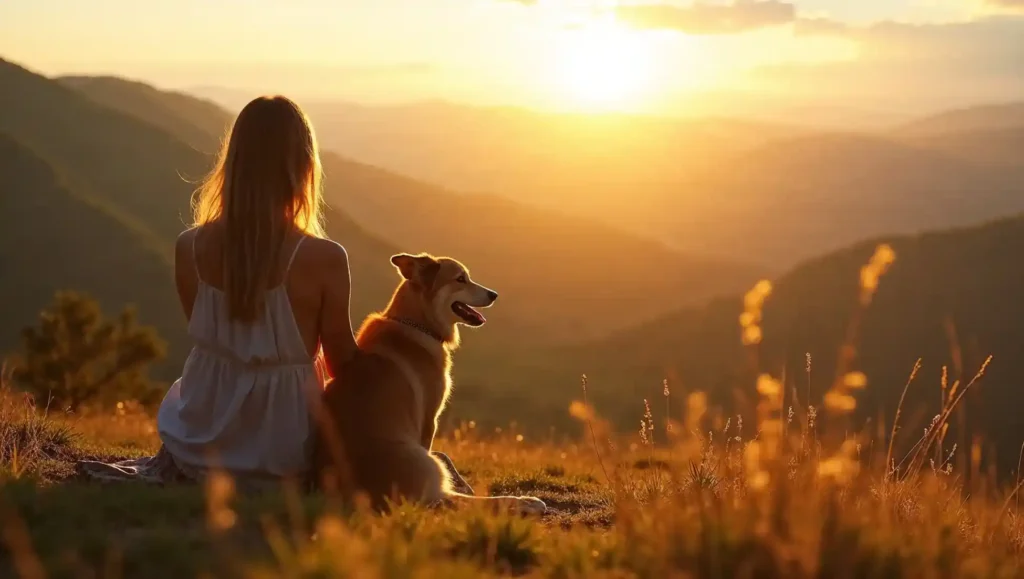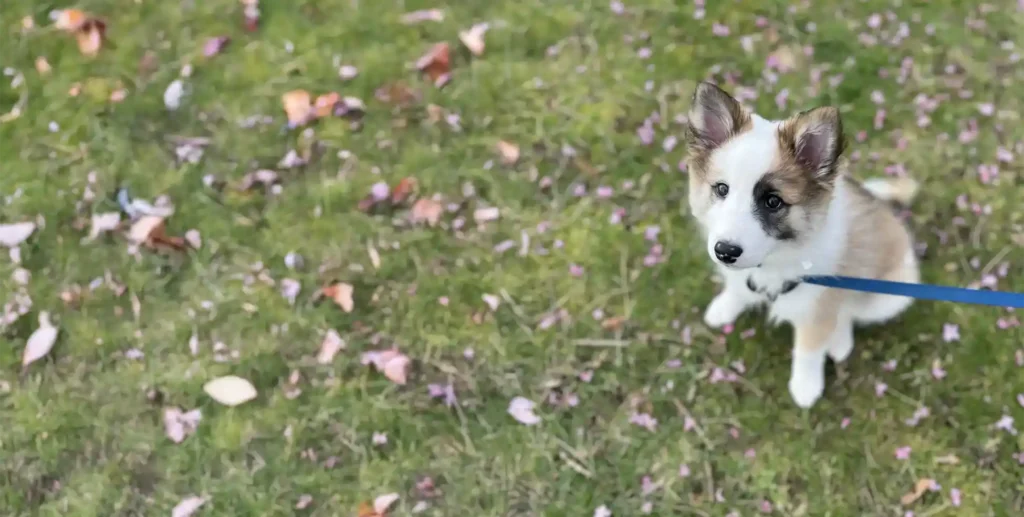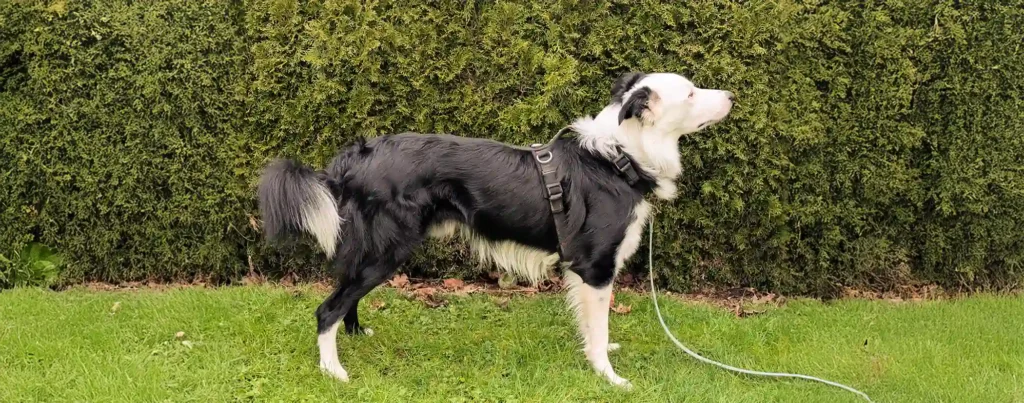This post was inspired by an eight-month-old whirlwind of a chocolate lab named Loki who I worked with over the past spring. A consummate lover of life and all it’s gifts, Loki is what I call a “big feelings dog.” Crazy for food and especially social interactions with other people and dogs; passionate for his walks and pulling to get in the best sniff spot, the idea of taking Loki for a relaxing walk was a constant challenge for his people. Loki is like so many dogs I work with on a daily basis. In fact my own border collie Tell is a big feelings dog and he taught me so much along our journey together.
Understanding the ‘Big Feelings’ Dog: Traits and Temperament
The “big feelings dog” is a dog that has a lot of emotion around reinforcement. They don’t just like food – they LOVE food. They don’t just kinda want to meet a person – they HAVE to meet that person, and in fact, all the people in all the world. They don’t just like to chase a ball around or tug on a toy – they do it with an enthusiasm that borders on reckless (and they often get injured). If reinforcement isn’t delivered in an expected or timely manner, the big feelings dog gets frustrated easily. There is often a battle with the leash and the person holding that leash because all the leash means to this type of dog is a barrier to what they want.
Aroused, excited, frustrated, little is half hearted for this type of dog. To be the person of a big feelings dog can test even a saint’s patience at times.
It goes without saying that the daily practice of training is important for all dogs, but for dogs that have a lot of feelings around what they see as reinforcing, training is essential. Training builds in all the life skills that these dogs so desperately need: impulse control and teamwork with their human based on clear communication: clarity as to how they should navigate all of life’s pleasures.
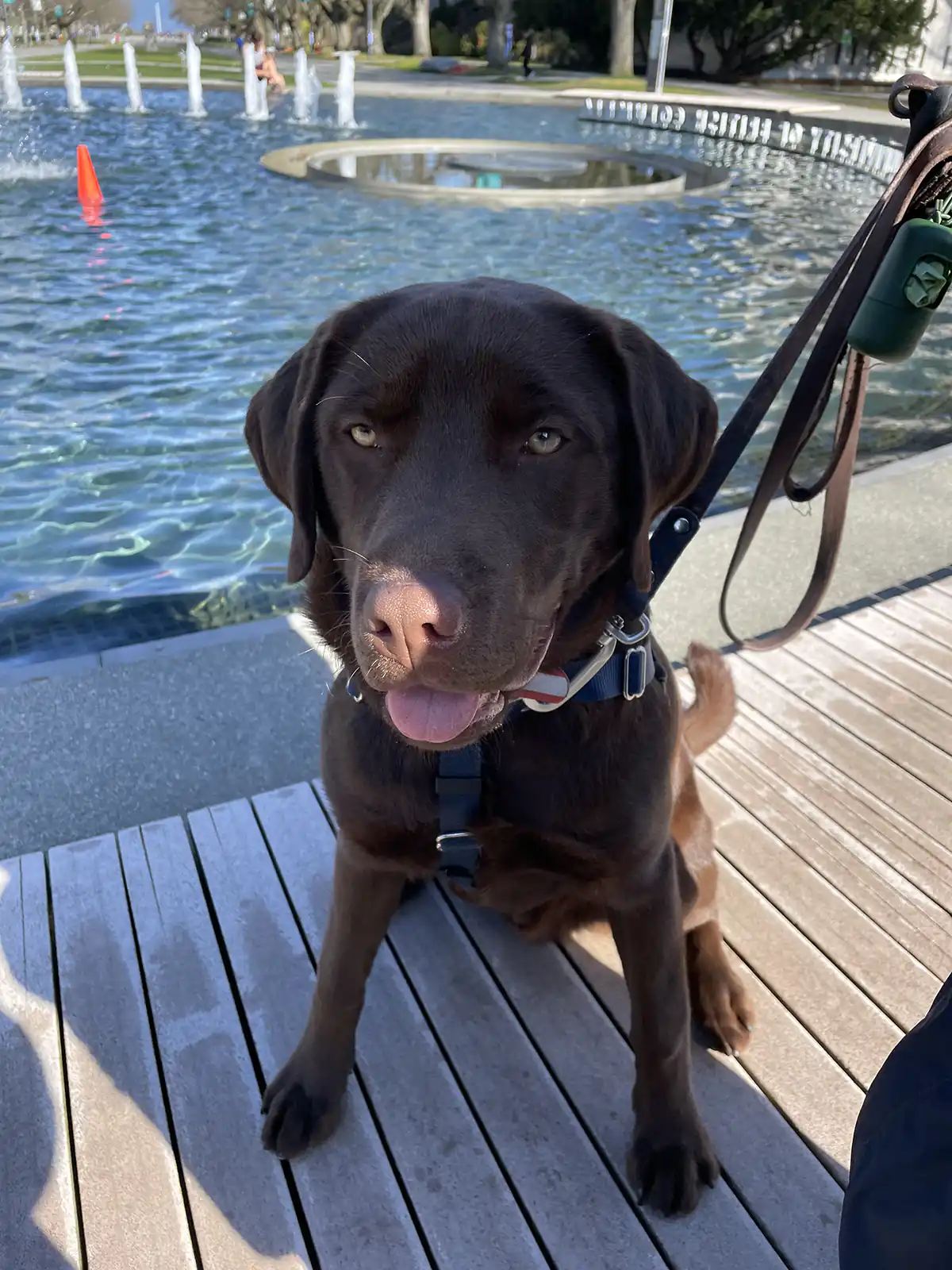
Essential Training Techniques for Managing High-Energy Dogs
Creating predictability through something as simple as a greeting protocol used each time a social interaction is allowed gives big feelings dogs a formula to follow so they know what to expect in each step of the greeting. In my classes I teach a four-step protocol that builds in calmness with social interactions. It takes practice but with time, the super-greeter picks up the pattern to reinforcement, both how to engage and then to quickly disengage. The protocol ensures the leash stays loose and there is quick connection with the dog’s person.
Creating a Calm Environment: Protocols for Social Interactions
Using specific markers to bridge from behaviour to reinforcement (a release cue to reward a sit before access to a dish of food, or coming out of a crate) help define what the dog needs to do in order to get what he or she wants (and that lunging and barking does not work). More specifically, different markers can make things even clearer – a fetch cue releasing a dog to get a thrown ball; a tug cue to engage the dog in a game of tug; a reset cue to allow the dog to chase a tossed treat. These all can function as markers to the dog and reward the dog’s behaviour the moment before the marker was given. To get the good stuff, the dog needs to offer a calm behaviour first – and then the marker bridges that behaviour to reinforcement.
The Importance of Exercise and Enrichment for Emotional Dogs
Equally important for the big feelings dog is quality exercise that is not over-stimulating. Repeated fetching is a no-no as it tends to adrenalize the brain. Instead try sniffing and either long leash (try a 20 foot biothane leash) or off-leash walks away from busy environments so the big feelings dog gets a chance to decompress and shed that stress. Food scatters in longish grass are great. Even though I feed a fresh food diet, I like to use a tiny kibble for these sniff-fests that my dog can’t see. I also find the time of day I walk helps – early mornings when things are quiet are best for my big feelings dog Tell.
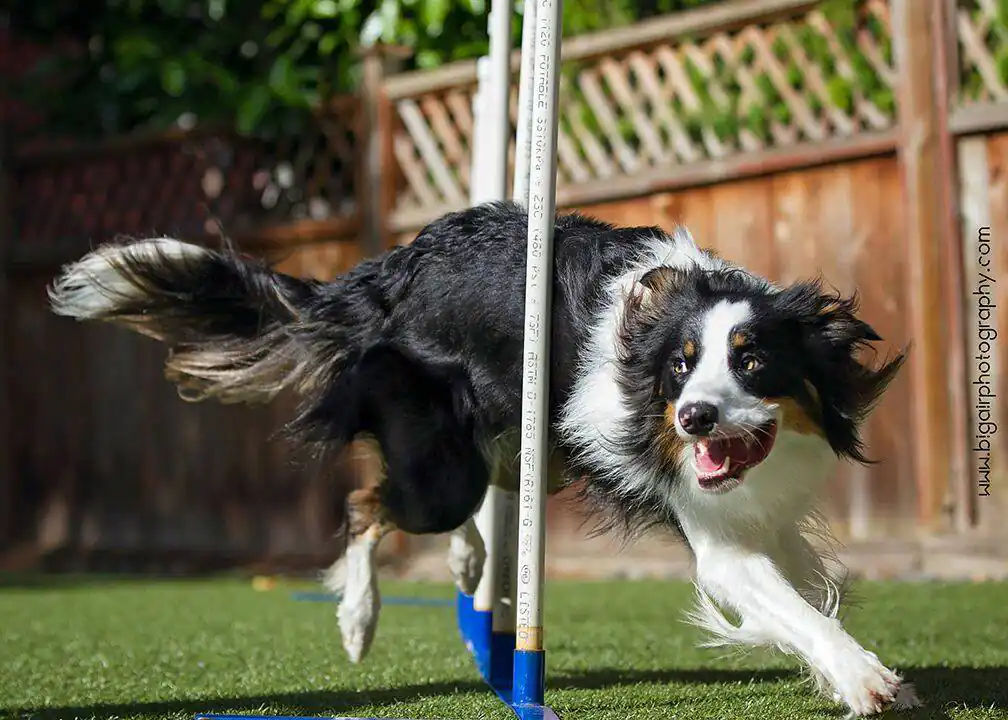
Enrichment also plays an important role. Sniffing, licking, and chewing are my three go-tos for daily in-home activities and are my recommendations to my big feelings dog clients. A juicy knuckle bone, a snuffle mat (my favourite is the Paw 5 Wooly Snuffle Mat) or a frozen West Paw Toppl or licky mat produce the right kind of neurotransmitters for these dogs, getting some much needed serotonin and possibly oxytocin into that busy busy brain. There are wonderful books and Facebook groups on the subject of enrichment for dogs and the number of ideas is endless.
I love the big feelings dog, which is why I live my life with border collies. I love their zest for life and the challenges that come from it. They are not for the faint of heart and certainly not for every person or household. But they love as big as they live.
